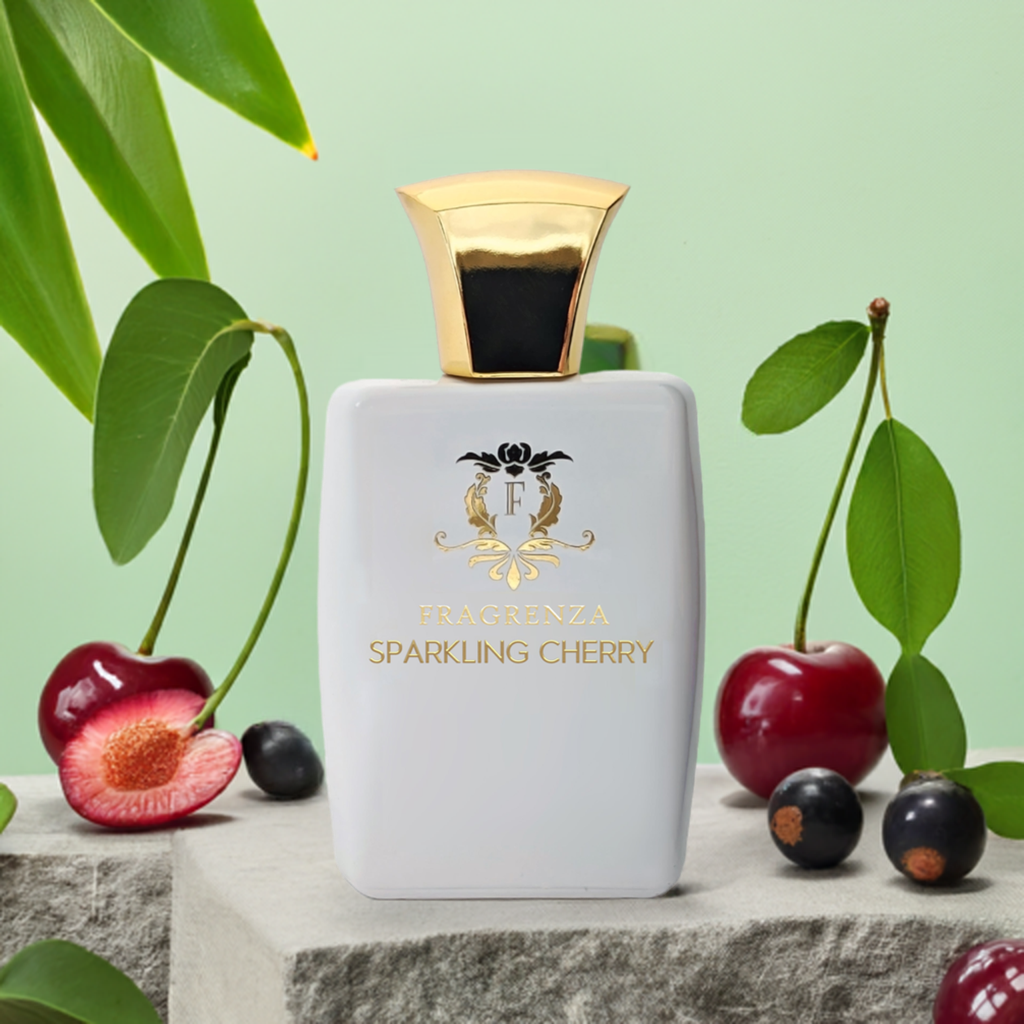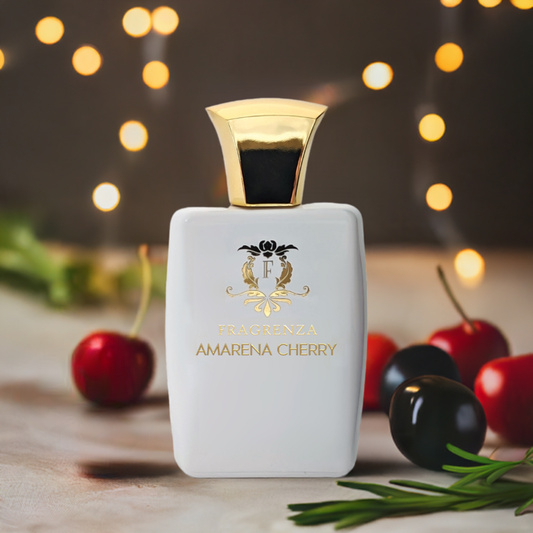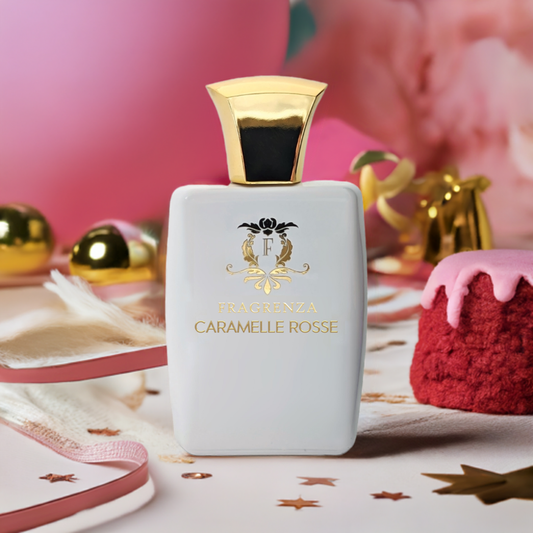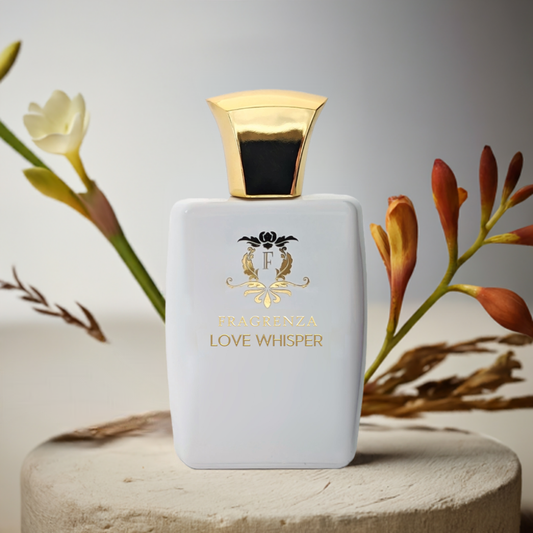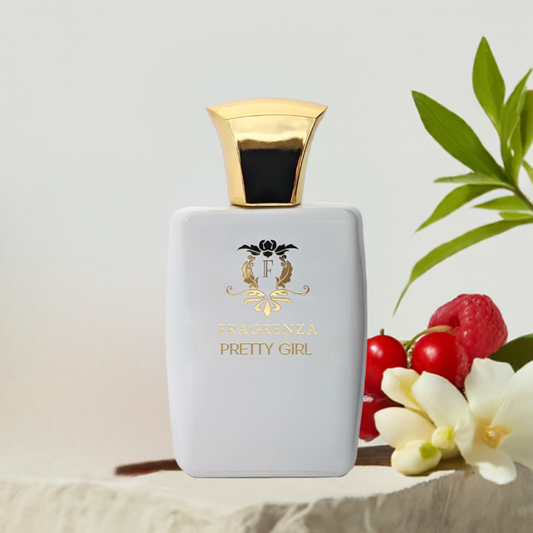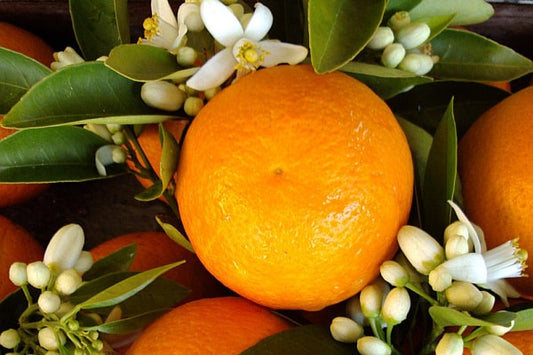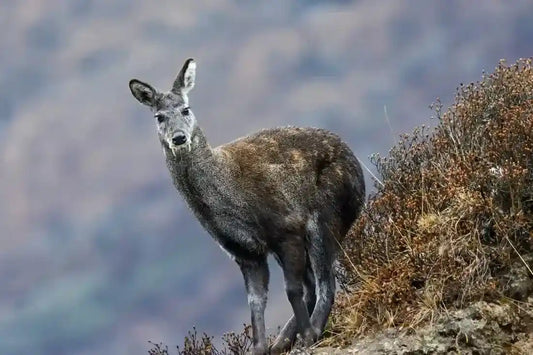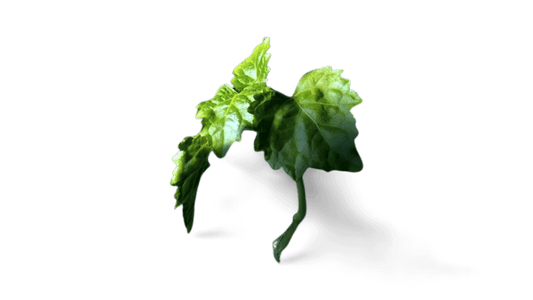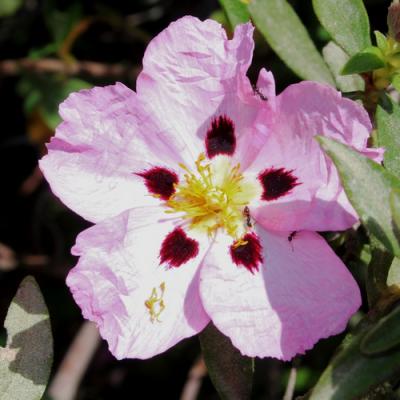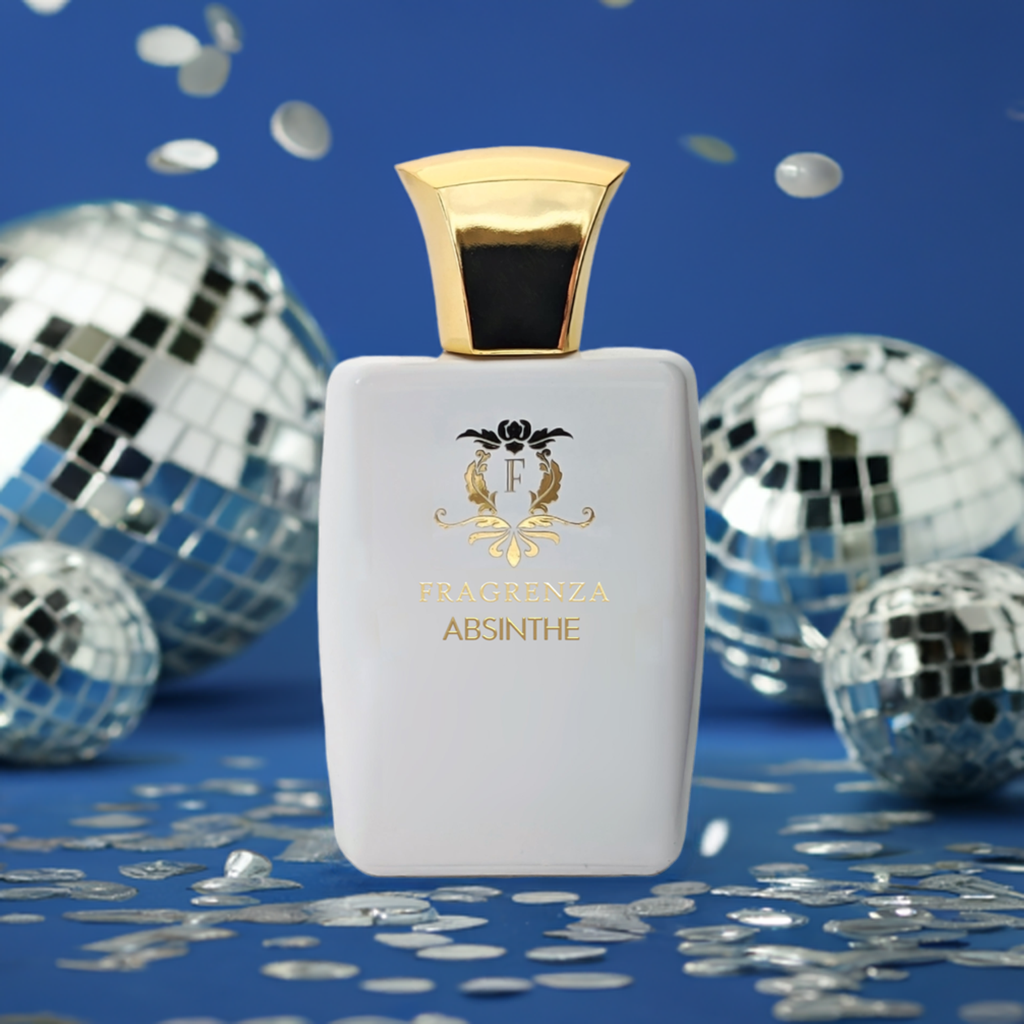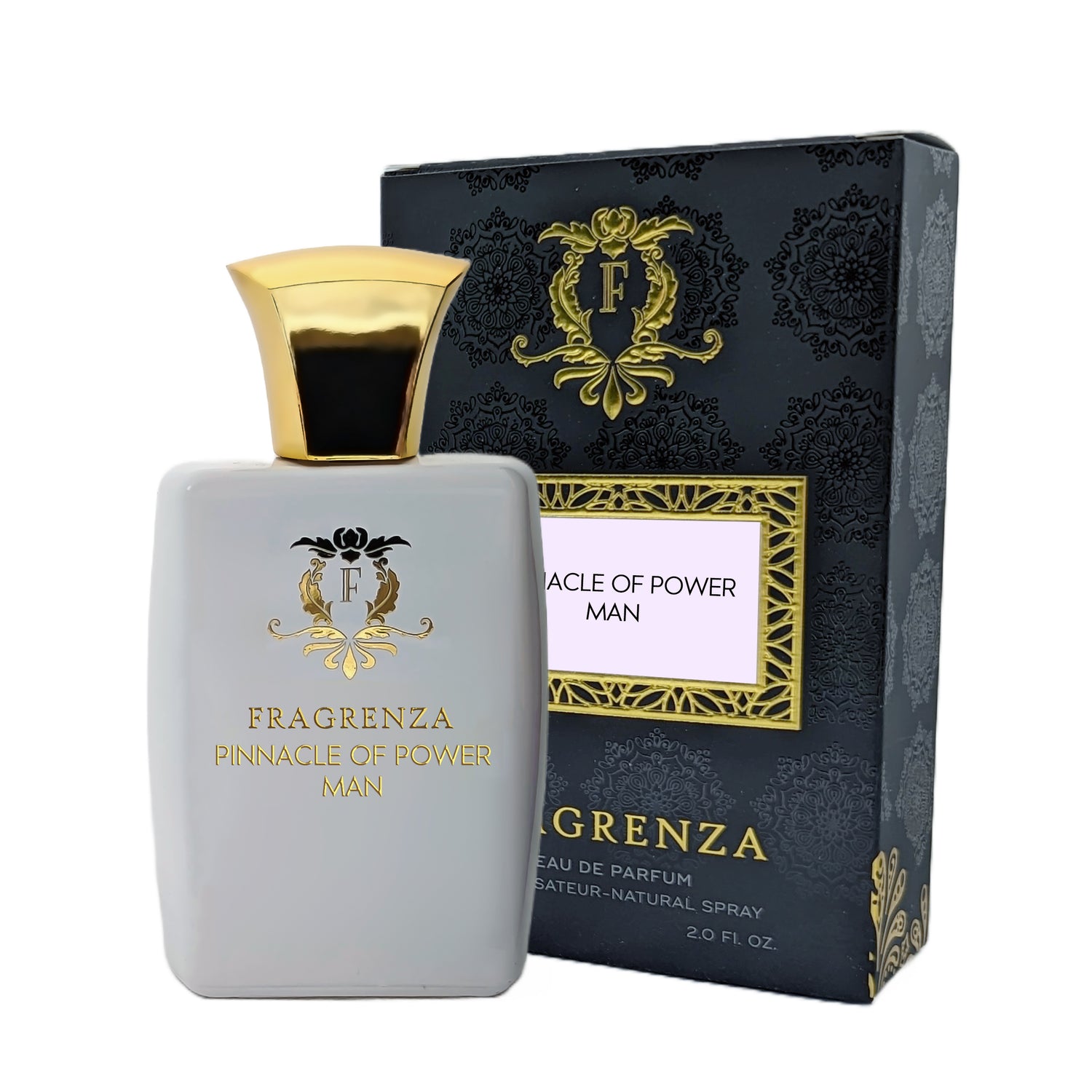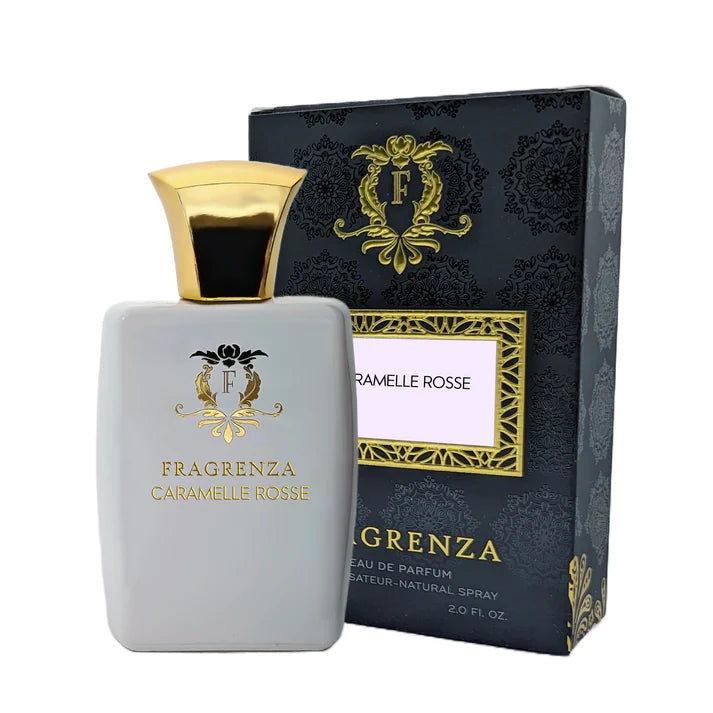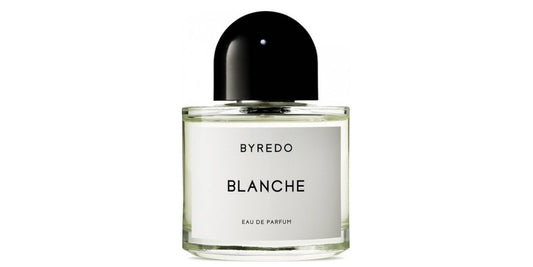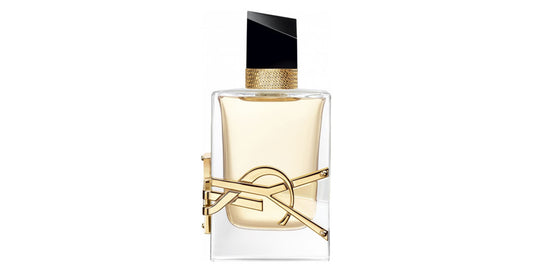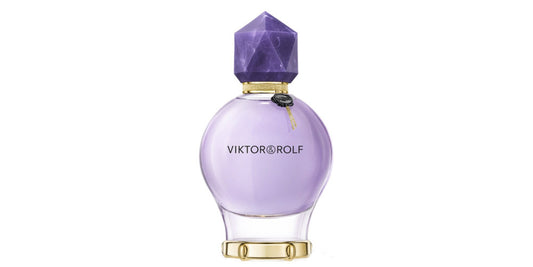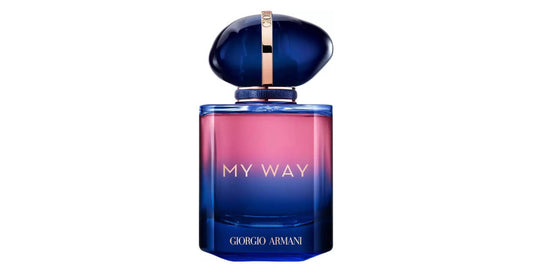Classic Perfumes vs. Modern Perfumes: How Fragrance Trends Have Evolved Over Time
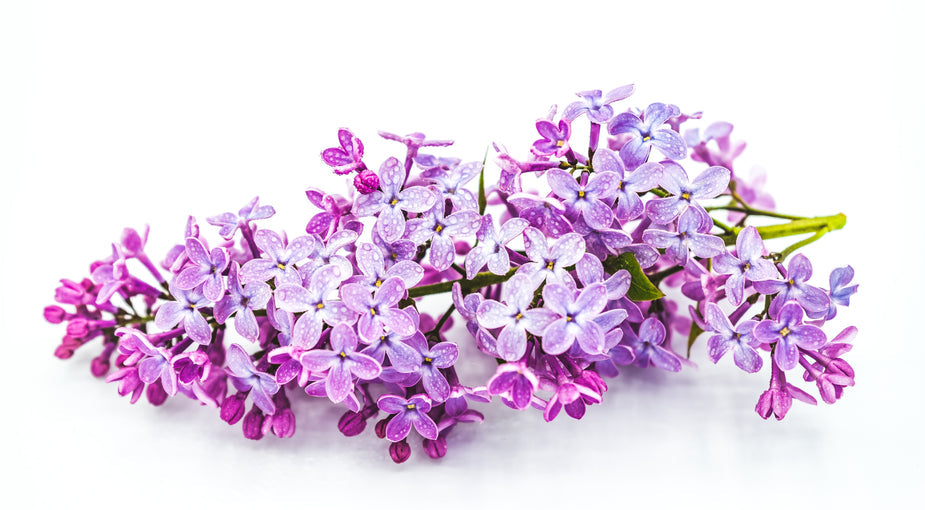
In This Article
From the ancient Egyptians to today's celebrities, people have been enchanted by the power of scent for centuries. Perfumes have always been a significant part of cultural expression and personal identity. As our understanding of fragrances and their compositions has evolved, so too have the trends that define them. Let's take a look at how classic and modern perfumes compare, and how fragrance trends have shifted over time.
Classic Perfumes: An Ode to Timelessness
Classic perfumes, often referred to as "old world" fragrances, are characterized by their traditional, timeless appeal. These scents usually have complex compositions, with heavy, opulent notes that create a rich and enduring scent. Think of fragrances like Chanel No. 5, Shalimar by Guerlain, or Opium by Yves Saint Laurent. These iconic perfumes have stood the test of time and are appreciated for their sophistication and depth.
Modern Perfumes: Embracing Change and Simplicity
Modern perfumes, on the other hand, embrace change, novelty, and simplicity. They are often lighter, brighter, and fresher, mirroring the dynamic and fast-paced world we live in. Contemporary fragrances like Jo Malone's Lime, Basil &Mandarin, or Marc Jacobs' Daisy offer more transparent, versatile, and easily wearable scents.
Evolution of Fragrance Trends
The shift from classic to modern perfumes has been influenced by many factors, including changes in societal norms, advances in perfume-making techniques, and shifts in consumer preferences. For instance, the late 19th and early 20th centuries were dominated by heavy, opulent floral and oriental scents. However, the late 20th century saw a shift towards lighter, cleaner fragrances, reflecting society's increasing emphasis on health, fitness, and minimalism.
Furthermore, the rise of gourmand perfumes, with their edible, dessert-like qualities, is a relatively modern trend. They are now a staple in many perfume wardrobes, with bestsellers like Thierry Mugler's Angel and Lancôme's La Vie Est Belle leading the way.
The Future of Fragrance
The future of perfume continues to evolve, with a growing emphasis on individuality, sustainability, and inclusivity. Unisex perfumes are becoming more popular, blurring the traditional lines between 'masculine' and 'feminine' scents. Moreover, in line with the broader movement towards sustainability, there's a growing demand for natural, eco-friendly fragrances. Brands are also becoming more transparent about their ingredients and manufacturing processes.
In conclusion, the world of perfume is constantly evolving, with each era bringing its own unique scents and trends. Whether you're a fan of classic, timeless fragrances or prefer modern, cutting-edge scents, there's a whole world of olfactory delights waiting to be discovered!
